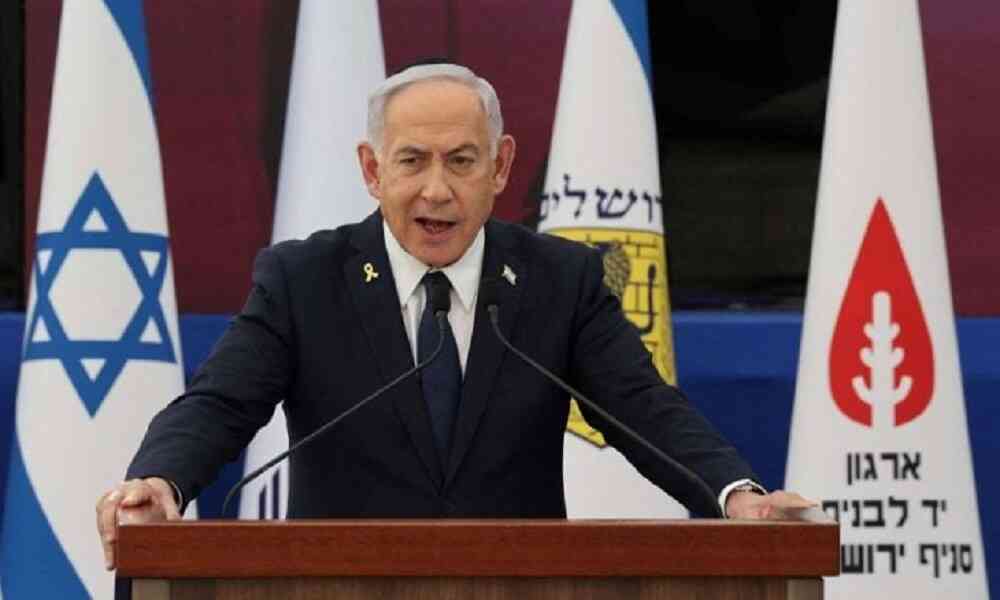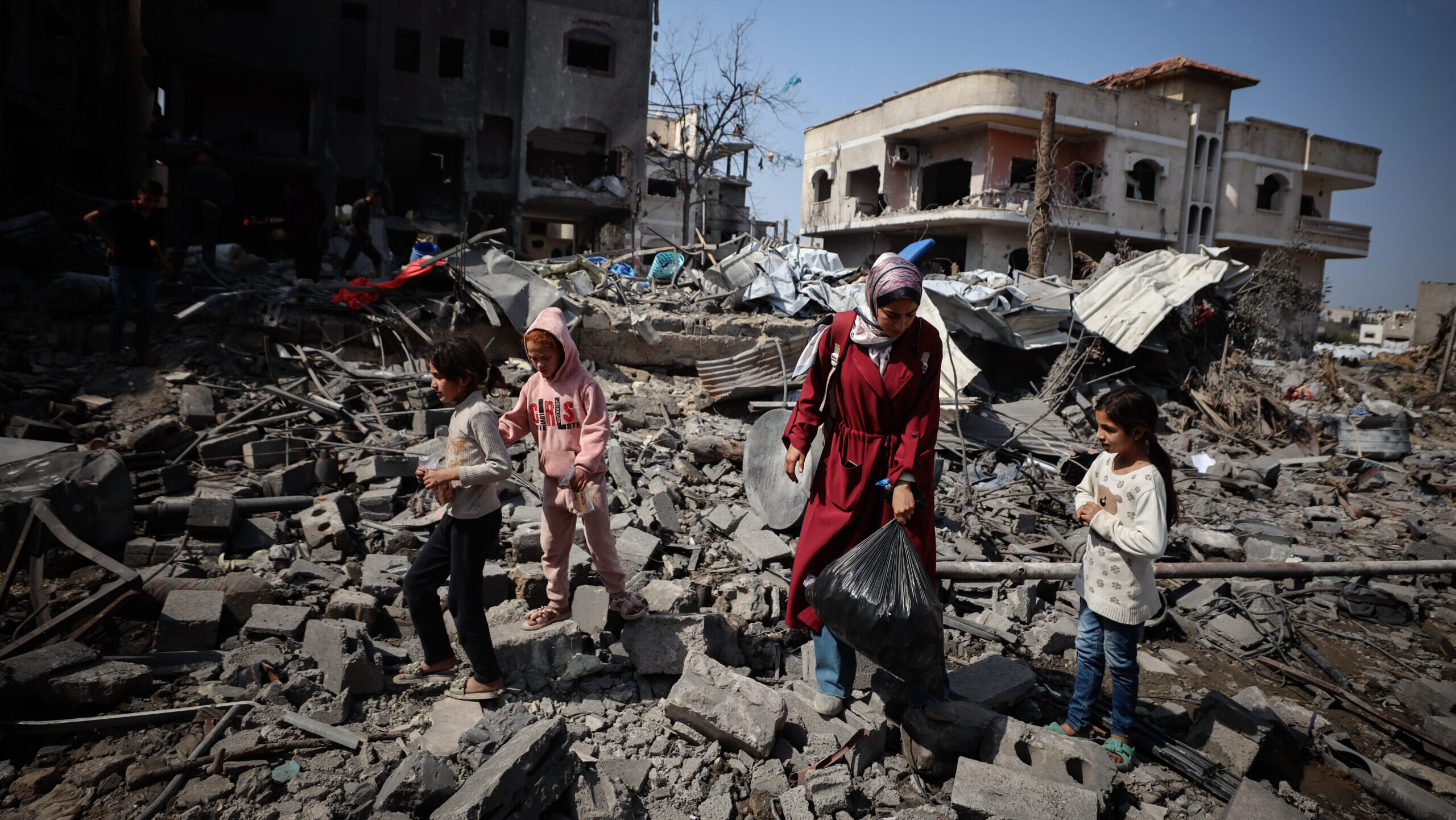Israel’s Gaza Offensive Surges: New Plan Shocks Region
Massive military escalation unfolds in Gaza with a bold operational strategy, reshaping the conflict’s trajectory.

On May 5, 2025, Israel’s Security Cabinet greenlit a seismic expansion of its military offensive in the Gaza Strip, codenamed “Operation Gideon’s Chariots.” Prime Minister Benjamin Netanyahu, in a televised address, vowed an “intensive” campaign to crush Hamas and secure the release of 59 remaining hostages, 24 believed alive, taken during the October 7, 2023, attack. The plan, approved unanimously, involves seizing vast swaths of Gaza and controlling aid distribution, a move that has sparked global alarm and local despair.
Territories Seized, Populations Uprooted
The Israeli Defense Forces (IDF) are now targeting key areas, including the Morag Corridor, a strategic strip between Rafah and Khan Younis, named after a former Israeli settlement. This corridor, announced on April 2, 2025, aims to bisect Gaza, isolating southern cities and tightening pressure on Hamas. Defense Minister Israel Katz confirmed the IDF will “seize large areas” to create permanent security zones, expanding existing buffer zones that already cover 17% of Gaza’s 365 square kilometers. Evacuation orders have displaced 64% of Gaza’s 2.3 million residents, with Rafah’s population nearly emptied by April 3, 2025.
Airstrikes and Casualties Mount
Since Israel resumed its offensive on March 18, 2025, after a two-month ceasefire collapsed, the toll has been staggering. Gaza’s Health Ministry, run by Hamas, reports over 52,000 deaths since October 2023, with 1,042 killed since the ceasefire broke, including 322 children in the 10 days leading to April 28, 2025. On April 2 alone, strikes on Khan Younis and Jabalia killed 36, including 19 at a UN clinic-turned-shelter in Jabalia, nine of them children. The IDF claims these targeted Hamas operatives, but witnesses described chaos as families fled burning shelters.
Aid Blockade Deepens Crisis
Israel’s blockade, intensified since March 2, 2025, has choked Gaza’s lifeline. The UN warns of imminent famine, with all bakeries shuttered due to fuel and flour shortages. The World Food Program reported on April 1, 2025, that food parcels will run out within days, and hot meal supplies will last two weeks. Netanyahu’s plan to replace UN aid with private contractors, guarded by IDF, has drawn fierce criticism. Jan Egeland of the Norwegian Refugee Council called it a violation of humanitarian principles, stating, “This shuts down our system.”
Voices from the Ground
In Khan Younis, 48-year-old Osama Tawfiq told BBC Arabic, “We’re staying in Gaza. Israeli threats won’t scare us.” Displaced eight times, Amer al-Farra, a Rafah resident, said to Reuters, “Netanyahu won’t stop until we’re all gone.” These voices echo a growing defiance amid despair, as 70% of Gaza is under evacuation orders or Israeli control. On X, verified handle @BBCBreaking reported on April 21, 2025, “Gaza’s civilians face impossible choices: flee or face bombardment.”

Global Reactions: Outrage and Diplomacy
The international community is reeling. The UK Foreign Office stated on May 5, 2025, “We do not support Israel’s escalation. Fighting serves no one.” The EU urged restraint, citing “unbearable civilian suffering.” Egypt and Qatar, mediating ceasefire talks, proposed a five-to-seven-year truce on April 21, 2025, involving hostage releases and Israel’s withdrawal, but Hamas demands a permanent end to hostilities. Netanyahu’s insistence on controlling the Philadelphi Corridor along Egypt’s border has stalled negotiations.
Hostage Families’ Anguish
Israel’s Hostages and Missing Families Forum, representing relatives of the 59 captives, condemned the offensive on May 5, 2025, stating, “Military pressure kills hostages, not saves them.” Kobi Ohel, father of hostage Alon Ohel, told Ynet, “Fighting hasn’t brought anyone home. Only a deal will.” Public protests in Tel Aviv on March 29, 2025, saw thousands demand a hostage deal over escalation, clashing with police. Polls show 70% of Israelis prioritize hostages over territorial gains.
Military Strategy: A Permanent Presence?
Netanyahu’s plan marks a shift from past raid-and-retreat tactics. The IDF aims to hold seized territories, with 50,000 reservists mobilized by May 6, 2025. Brig Gen Efi Dufferin told Kan on May 5, 2025, “We’ll create a Hamas-free zone in southern Gaza.” Yet, reservists like Maj. Nir Avishai Cohen, in a May 3, 2025, Facebook post, refused service, citing exhaustion and distrust in Netanyahu’s motives. Hamas claims 40,000 fighters remain active, bolstered by 30,000 new recruits, per an IDF report on April 2, 2025.
Trump’s Shadow Looms
U.S. President Donald Trump’s influence is palpable. His February 2025 “Riviera” plan, proposing Gaza’s evacuation and redevelopment as a resort, aligns with Israel’s voluntary emigration push, led by Katz’s new directorate. On May 5, 2025, Trump pledged food aid but urged Israel to “be good to Gaza” during his upcoming Middle East visit. Critics, including Amnesty International, label the policy “ethnic cleansing,” a charge Israel denies.
What It Means Now
This offensive reshapes Gaza’s future. Israel’s territorial seizures and aid control signal a long-term occupation, risking deeper isolation as allies like the UK and EU balk. Civilians face famine and displacement, with 64% of Gaza under evacuation orders by April 3, 2025. Hamas’s resilience, with 40,000 fighters, suggests prolonged conflict. Ceasefire talks hinge on impossible demands: Hamas wants Israel out, while Netanyahu insists on Hamas’s destruction. The hostages’ fate hangs in the balance, with families pleading for diplomacy over bombs. The UN’s Jonathan Whittall warned on April 2, 2025, “Nowhere is safe in Gaza.”
A Region on Edge
As airstrikes pound Gaza City and tanks roll into Rafah, the Middle East braces for fallout. Saudi Arabia likened the offensive to “Nazi war crimes” on March 22, 2025, while Jordan’s protests swelled. Hamas’s Mahmoud Mardawi told Al Jazeera on May 5, 2025, “Our people will resist occupation.” The IDF’s April 2, 2025, strike on a Jabalia UN clinic, killing 19, drew UN condemnation. With 52,535 dead since October 2023, per Gaza’s Health Ministry, the human cost is catastrophic.
Resistance and Resilience
Hamas’s Al-Qassam Brigades have intensified urban warfare, targeting IDF bulldozers and soldiers in Beit Hanoun, per a March 18, 2025, IDF report. Palestinian radio reported on April 2, 2025, that Rafah’s streets are “ghost towns” as residents flee to al-Mawasi, a repeatedly bombed “safe zone.” On X, @AJEnglish posted on May 5, 2025, “Israel’s plan to conquer Gaza sparks fears of permanent displacement.” Gaza’s civilians, caught between Hamas and the IDF, face a grim reality.
The Road Ahead
Netanyahu’s May 5, 2025, pledge to “not retreat” signals a grinding campaign. The IDF’s control of the Netzarim Corridor, recaptured on March 19, 2025, already splits Gaza, blocking north-south movement. With 149 UN aid attempts denied between October and December 2024, and blood banks holding just 500 units against a 8,000-unit monthly need, Gaza’s collapse looms. Trump’s visit may force a ceasefire pause, but without a deal, “Gideon’s Chariots” will roll on, per an IDF official’s May 5, 2025, warning.
Stay sharp with Ongoing Now 24.





